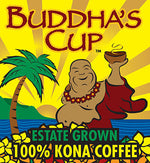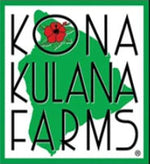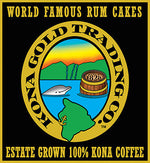As with other fine brewed and distilled beverages, there are coffee tasters. The professionals are called Q-graders, who are trained by the Coffee Quality Institute (CQI) to grade coffee using precise and specific criteria. But not everyone needs to extensive training at CQI to become an amateur coffee taster and enjoy the fine taste of coffee. Here are some practical ways you can learn to appreciate the nuanced differences between coffees, as well as what makes superior grade coffee so special:
Coffee Tasting Steps
Step 1: Note The Roast
This step is conducted using the dry grounds of the coffee prior to brewing. Darker roasts possess specific flavor profiles no matter where in the world they were cultivated and prepared. Typical flavors found in dark roasts are tobacco, ash, soy sauce and grilled meat flavors. Lighter roasts vary more in taste, with flavors like fruit, chocolate, nut and caramel flavors. One important caveat: do not confuse taste with strength. Dark roasts are often described as bold or strong, but these are meant to be descriptors of brew strength, not flavoring.
Step 2: Evaluate the Strength of the Brew
The intensity of a coffee is measured by the ratio of coffee:water used in brewing. The two descriptors most commonly applied are “strong” and “weak”. Coffee brewed too “strong” (more coffee than water) can easily be fixed with the addition of a little warm water. As for weak coffee, it will more than likely taste “thin” and possess a flavor not dissimilar to tea.
Step 3: Determining the Flavor
Begin by concentrating on the sweetness of the brew, sans sugar or other sweetener additives. Most brews range in taste from sweet to herbal to earthy. Acidity is the next phase of your taste evaluation. Crisp, biting flavor indicates higher acidity, while flat flavor indicates a lower acidity.
Step 4: Evaluate the Mouthfeel of Your Coffee
This phase deals with the texture of your brew as you sip it and hold it in your mouth. Mouthfeel is generally categorized as light, heavy, or syrupy, though other texture descriptors including milky and smooth may also be applied.
Step 5: Consider the Finish
More commonly known as the aftertaste, evaluate the "finish" separately from the initial taste on sipping. The complex flavor of the finish can possess flavors and elements that are unique to the taste, and so you should focus on describing the subtle variations in flavor. You also want to get a feel for how long the finish lasts. Some evaporate right away, while others may linger for minutes on end.
Step 6: Decide on a Flavor Profile
Higher grade coffee will have distinctive flavors that can be described in a word or two, like blueberry or citrus. The World Coffee Research Association has a Sensory Lexicon to help coffee lovers describe flavor profiles in universal but extremely specific terms. It’s available for free as a download on their website.
Final Thoughts
Now that you know how to properly taste and evaluate the flavor profile of your favorite coffee, try practicing on a few different gourmet types. Start with 100% Estate-Grown Kona Coffee, and compare it to a cheaper store-bought blend. You'll definitely see the difference! Follow these steps and use the terms from the Sensory Lexicon, and no matter how new you are to coffee tasting you can still articulate your descriptions like an expert.













